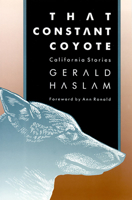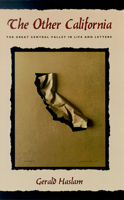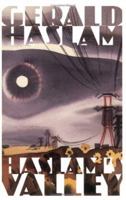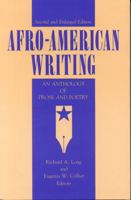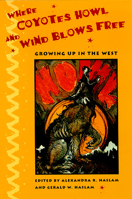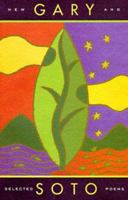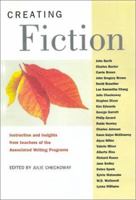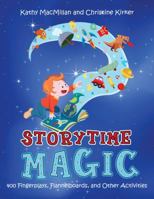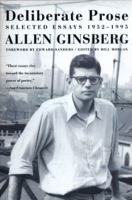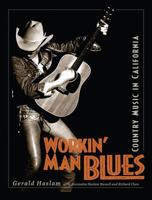Many Californias: Literature from the Golden State (Western Literature Series)
Select Format
Select Condition 
You Might Also Enjoy
Book Overview
Related Subjects
Computer Science Computers Computers & Technology Education & Reference Mathematics Networking Object-Oriented Design Object-Oriented Software Design Science & Math Software Software Design & Engineering Software Design, Testing & Engineering Software Development Software Engineering Systems Analysis & DesignCustomer Reviews
Rated 5 starsRequired but enjoyed it anyway
This book was purchased for a college course. I am thoroughly enjoying this collection of literature by Californians! I love the different perspective of each piece. I recommend this to anyone who lives in the state or anyone who wishes they did.
0Report
Rated 5 starsMany Delights!
Haslam does a wonderful job capturing the many illusions of California. It's a good book to jump around reading because you'll always find something you like. All California-philes should own a copy!
0Report
Rated 5 stars"An island called California"
Many Californias, edited by Gerald Haslam contains a teriffic, eclectic collection of writing about the Golden State. The name "California" is like Kevin Bacon to the wide universe of writers and poets who ever lived, wrote or were associated with it in some way. Haslam ponders, " Where is California? What is it?," then offers, "California remains at least as much state of mind as state of the union."This collection is a great...
0Report











